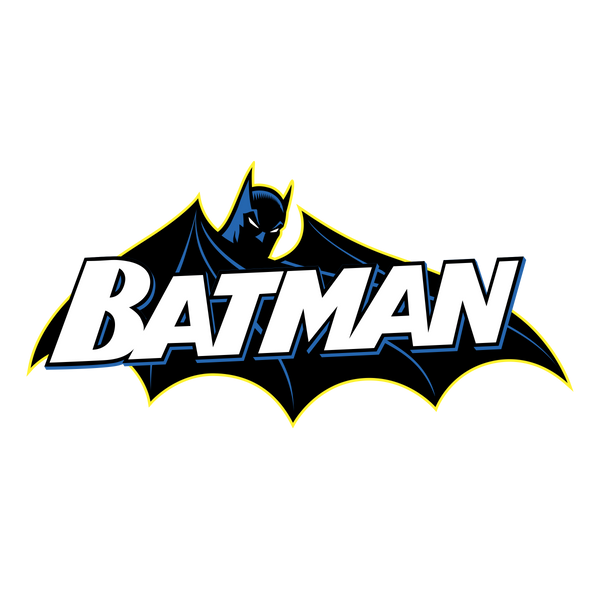
The Fascinating Story of Batman's Creation
Batman, the Dark Knight, is one of the most iconic superheroes in the comic book universe. Since his first appearance in 1939, this character has captivated generations of readers and fans around the world. But who is really behind this legendary hero? Let's dive together behind the scenes of the creation of Batman.
The Origins of Batman
Batman was created by two geniuses, Bob Kane and Bill Finger. Bob Kane, an 18-year-old artist at the time, was approached by DC Comics editor-in-chief Jack Liebowitz to create a new superhero that could rival the phenomenal success of Superman, which had been launched two years earlier.
Inspired by the silent film "The Black Falcon" and the character of Zorro, Bob Kane imagined a masked character, wearing a black suit and cape, who would later become Batman. However, it was Bill Finger, a talented screenwriter, who brought many of the essential touches to the character.
Bill Finger's decisive role
Although Bob Kane is credited as the sole creator of Batman, Bill Finger played a fundamental role in the Dark Knight's conception. He was the one who suggested adopting the mask and cape, as well as other elements that have become iconic, such as the Batmobile, the Batarang and the Batcave. He was also responsible for choosing the name "Batman" and the character's origin story, which was inspired by the murder of Bruce Wayne's parents.
Unfortunately, Bill Finger's role in the creation of Batman remained largely obscure for a long time, as Bob Kane managed to claim sole copyright on the character. It wasn't until decades later, in 2015, that DC Comics finally publicly acknowledged Bill Finger's vital contribution to the development of one of the most iconic superheroes of all time.
The Evolution of Batman Through the Ages
Since his first appearance in 1939's Detective Comics #27, Batman has undergone many evolutions over the decades, reflecting changes in society and popular culture.
The 1940s: A Dark and Vengeful Hero
In the 1940s, Batman was portrayed as a dark and vengeful character, haunted by the murder of his parents. His adventures focused on justice and fighting crime, sometimes with brutal methods.
The 1950s and 1960s: A lighter Batman
During the 1950s and 1960s, the Batman character underwent a lighter and more humorous transformation, influenced by the censorship of the time. The Dark Knight became more jovial, with the introduction of characters such as Robin, the Boy Wonder, and the eccentric Commissioner Gordon.
The 1970s and 1980s: a return to the roots
In the 1970s and 1980s, Batman returned to his darker, more psychological roots, with more complex and mature stories. Writers like Frank Miller helped restore the character's tragic and tortured side.
The Modern Era: A More Realistic Batman
Since the 1990s, Batman has evolved into a more realistic and contemporary version, reflecting the concerns of the modern world. The films of Tim Burton, Joel Schumacher and Christopher Nolan have notably contributed to this new interpretation of the character, making him darker, more complex and more anchored in reality.
Batman's Legacy
Today, Batman remains one of the most popular and influential superheroes in comic book history. His success is due to the richness of his universe, the depth of his character, and his ability to adapt to different eras.
An emblematic character
Batman has become a true pop culture icon, present in many media: comics, films, television series, video games, etc. His image, his costume and his gadgets are recognizable throughout the world.
A lasting influence
Beyond his commercial success, Batman has also had a lasting influence on the world of comics and popular culture. He has inspired many other superheroes and helped evolve the genre toward more mature and complex stories.
A timeless hero
Despite the many interpretations and adaptations, Batman remains a timeless character, capable of captivating successive generations of readers and fans. His fascinating story, his universal themes and his ability to adapt to changes in society make him a hero who will continue to mark the collective imagination for many years to come.
